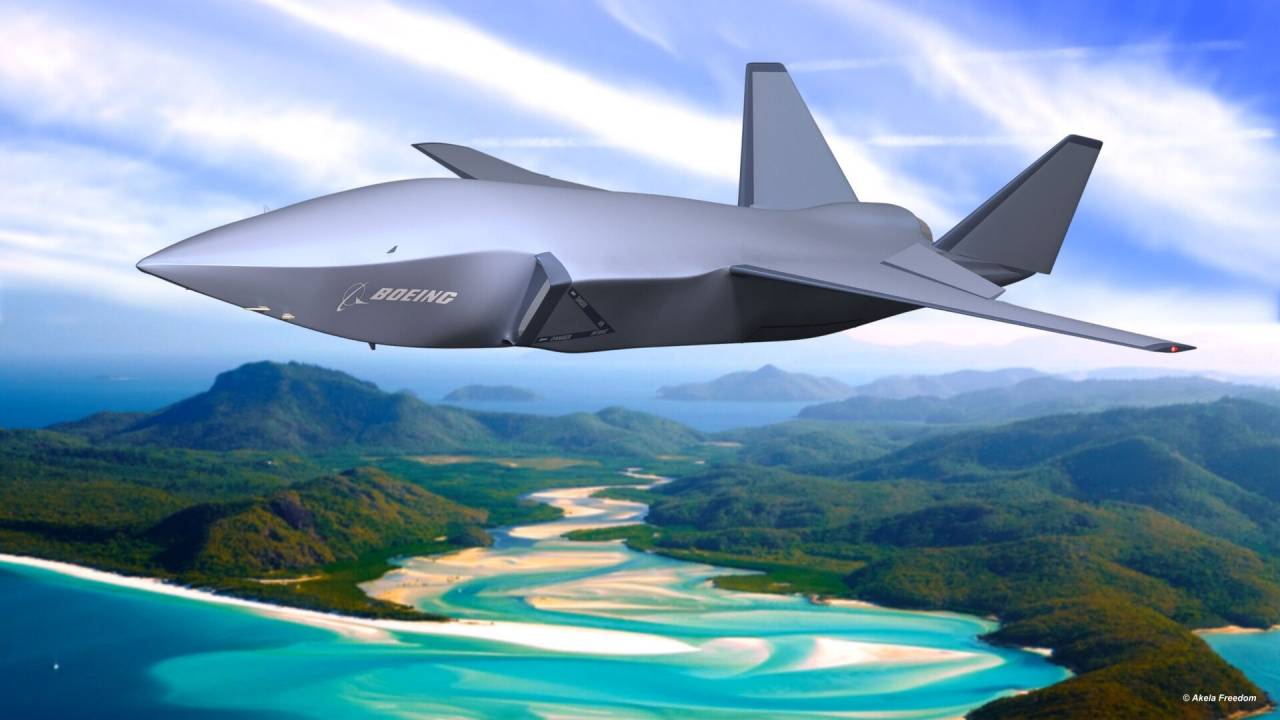For over a century, fighter jets have been an indispensable part of military aviation. These aircraft have undergone significant changes over the years, from the early days of propeller-driven fighter planes to the advanced, multi-role aircraft of today. It's fascinating to know that the first generation of fighter jets emerged during the Korean War, in the late 1940s and early 1950s. In this blog, we will take a closer look at the different generations of fighter jets, their unique features, capabilities, and their impact on modern air combat. Get ready to explore the evolution of fighter jets, and the role they play in shaping the future of military aviation!
1st generation
The first generation of fighter jets emerged during the Korean War in the late 1940s and early 1950s. These aircraft were primarily designed for engaging enemy aircraft in dogfights and air-to-air combat. They were equipped with guns, rockets, and limited air-to-air missiles. Their straight-winged, piston-engine design enabled them to reach speeds of up to 600 mph and climb to altitudes of over 40,000 feet.
However, the first generation of fighter jets had several disadvantages. They lacked advanced avionics and sensor systems, which made it difficult for pilots to locate and engage enemy aircraft at long ranges. Additionally, they were vulnerable to enemy ground-based air defense systems due to their limited ability to evade or penetrate enemy airspace. They had limited air-to-ground capabilities and were primarily designed for air-to-air combat. Their limited range and endurance made them unsuitable for long-range missions, and their maneuverability was limited due to their straight-winged design.
1st Generation Aircrafts:-
.jpeg) |
| Fig:- F-86 sabre |
.jpg) |
| Fig:- Mig-15 |
%20(1).jpg) |
| Fig:- De havilland vampire |
.jpeg) |
| Fug:- IAF Toofani |
2nd Generation
The second generation of fighter jets emerged in the late 1950s and early 1960s and represented a significant leap forward in terms of performance and capabilities compared to their predecessors. The second-generation fighter jets were primarily designed for air superiority and were equipped with more advanced avionics, radar, and missile systems.
The second-generation fighter jets had several notable improvements over first-generation aircraft. They had swept-wing designs, which significantly increased their speed and maneuverability. They were also equipped with afterburning turbojet engines, which allowed them to reach supersonic speeds. Additionally, they were armed with more advanced missiles, including radar-guided and heat-seeking missiles, which greatly increased their lethality in air-to-air combat.
One of the most significant disadvantages of the second-generation fighter jets was their limited range and endurance. They were primarily designed for short-range missions and were not capable of flying long distances without refueling. Additionally, they were vulnerable to ground-based air defense systems, which had become more advanced since the first generation of fighter jets.
2nd Generation Aircrafts:-
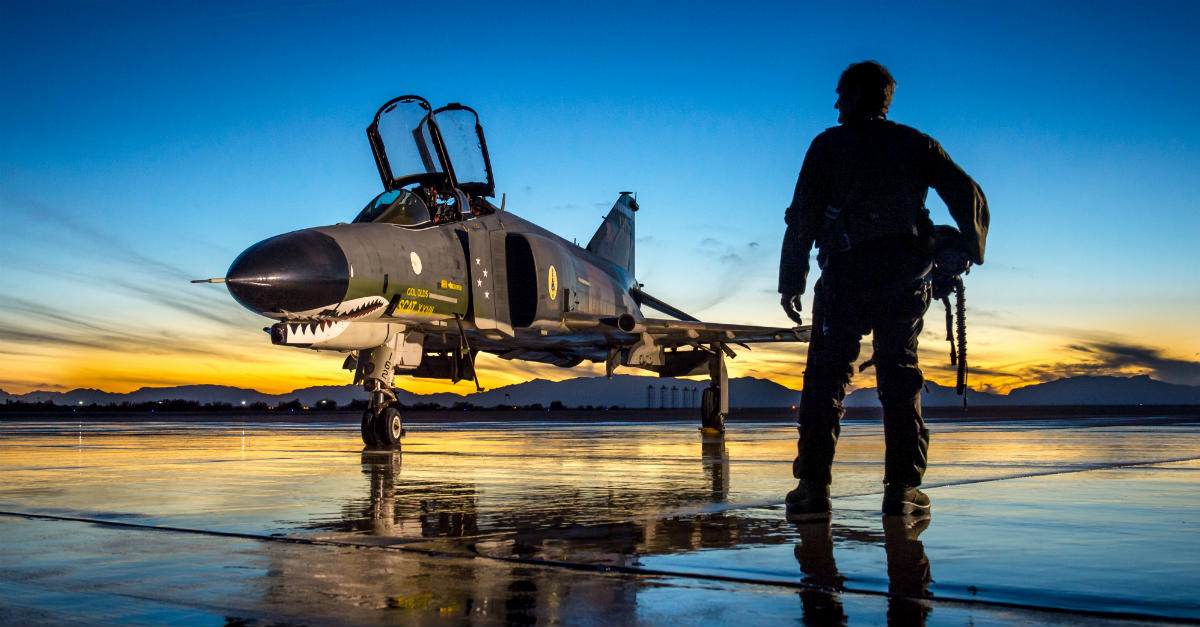 |
| Fig:- F-4 phantom II |
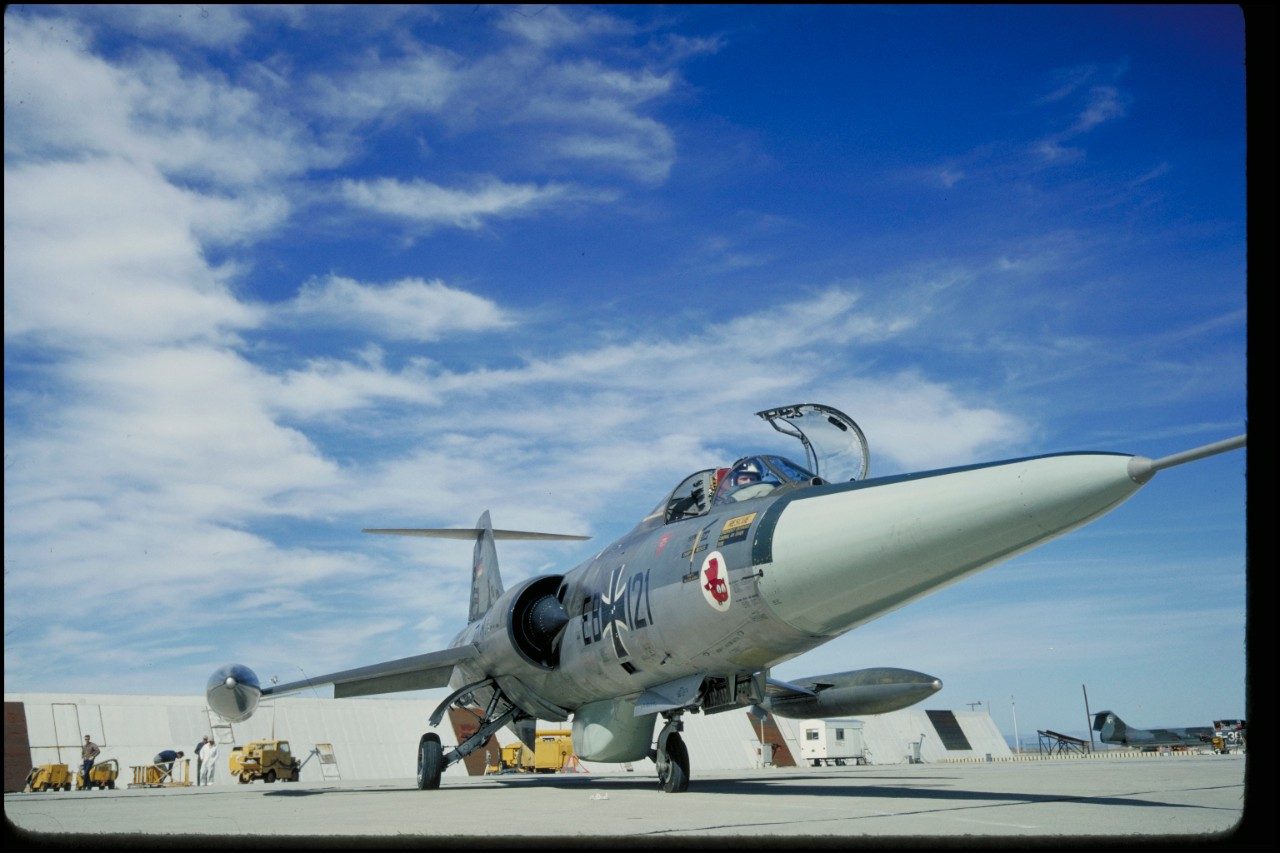 |
| Fig:- F-104 starfighter |
 |
| Fig:- Mig-21 |
.jpg) |
| Fig:- Hawker Hunter |
.jpg) |
| Fig:- Mirage III |
3rd Generation
Third-generation fighter jets were developed in the 1970s and 1980s and were characterized by their improved avionics, weapons systems, and overall performance. They were designed to be highly maneuverable and capable of air-to-air combat at beyond-visual-range distances. These aircraft also had improved air-to-ground capabilities, making them more versatile than previous generations.
One of the key features of third-generation fighter jets was the use of fly-by-wire flight control systems, which replaced traditional mechanical flight controls with electronic systems. This allowed for more precise control of the aircraft and improved maneuverability.
Another important development was the integration of advanced radar and avionics systems, which allowed pilots to detect and engage targets at much longer ranges than before. These systems also made it easier for pilots to fly the aircraft and monitor its various systems.
3rd Generation Aircrafts:-
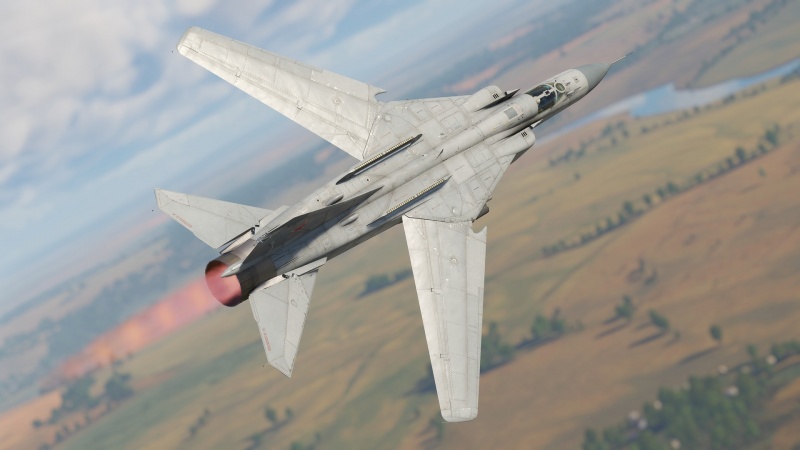 |
| Fig:- Mig-23 |
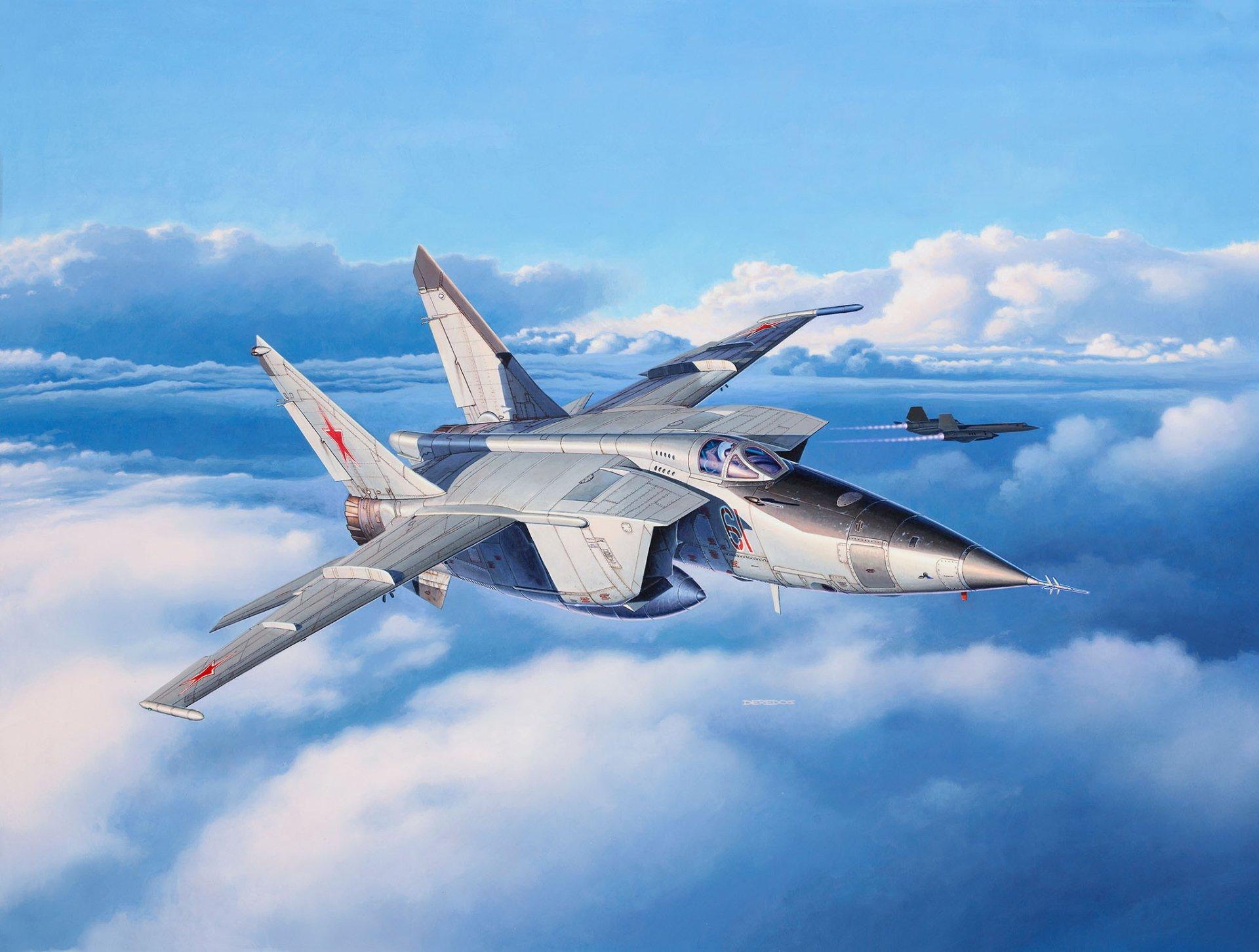 |
| Fig:- Mig-25 |
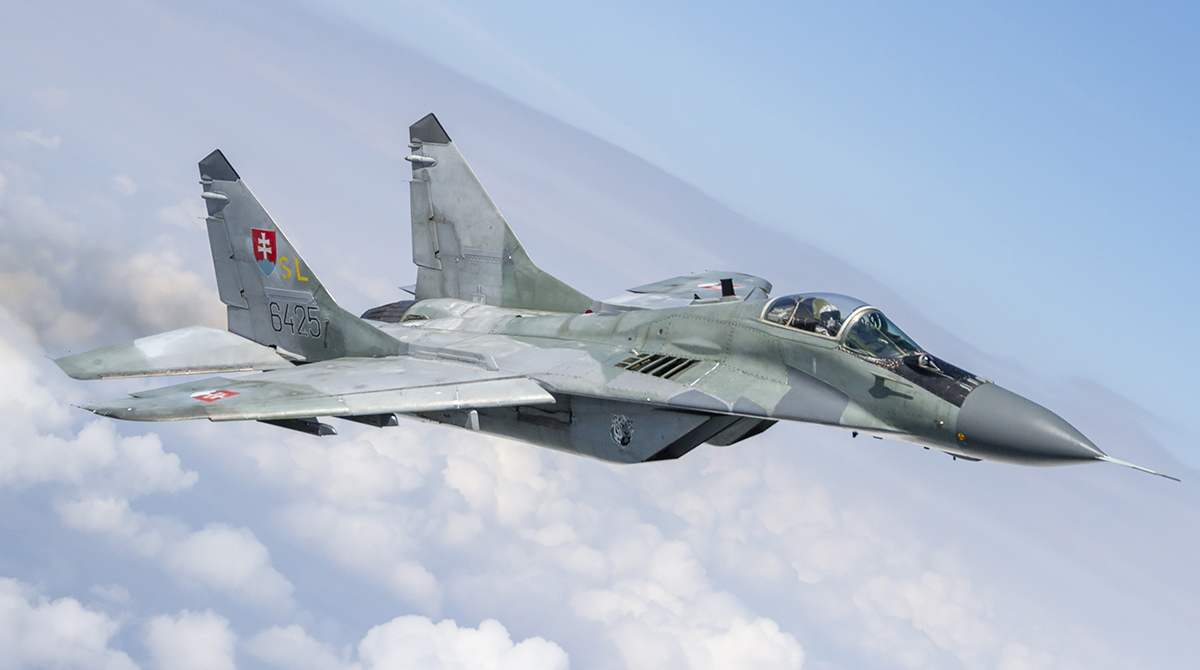 |
| Fig:- Mig-29 |
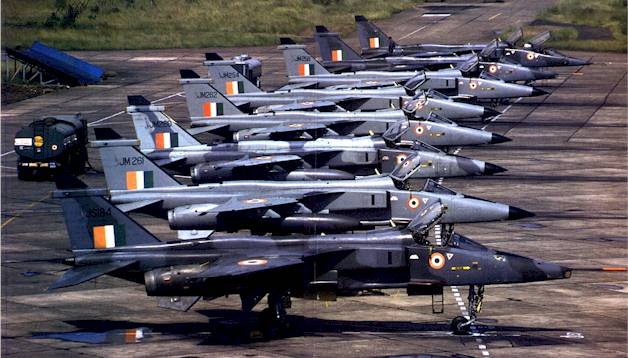 |
| Fig:- Sepecat jaguar |
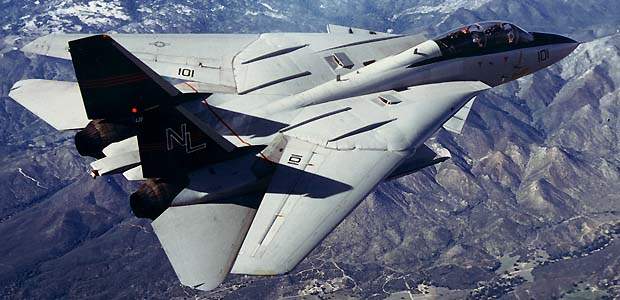 |
| Fig:- F-14 Tomcat |
4th Generation
Fourth-generation fighter jets were developed in the 1980s and 1990s and introduced several advanced technologies such as fly-by-wire flight control systems, advanced avionics, and more sophisticated radar systems. Fourth-generation jets are characterized by their high maneuverability, high speed, and advanced weapons systems.
4th Generation Aircrafts:-
 |
| Fig:- F-15 Eagle |
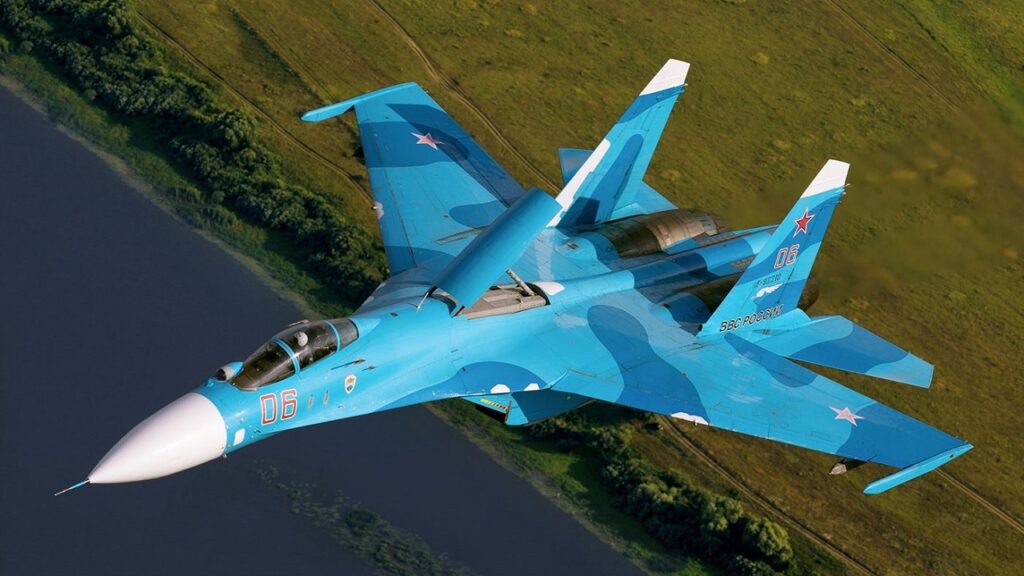 |
| Fig:- Su-27 Flanker |
.jpg/1200px-Mirage_2000C_in-flight_2_(cropped).jpg) |
| Fig:- Mirage-2000 |
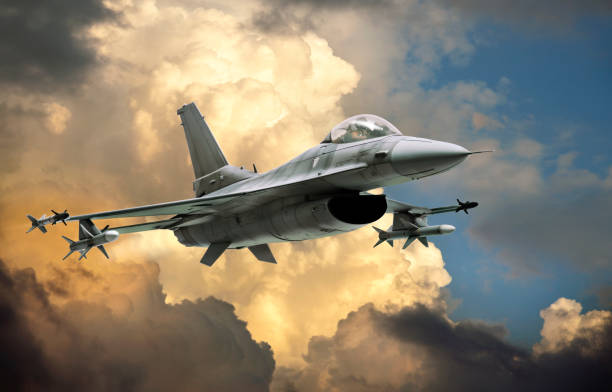 |
| Fig:- F-16 Fighting Falcon |
4.5th Generation
4.5-generation fighter jets are an intermediate step between fourth-generation and fifth-generation fighters. They incorporate some of the advanced technologies of fifth-generation fighters, but are not as capable as true fifth-generation fighters.
4.5th Generation Aircrafts :-
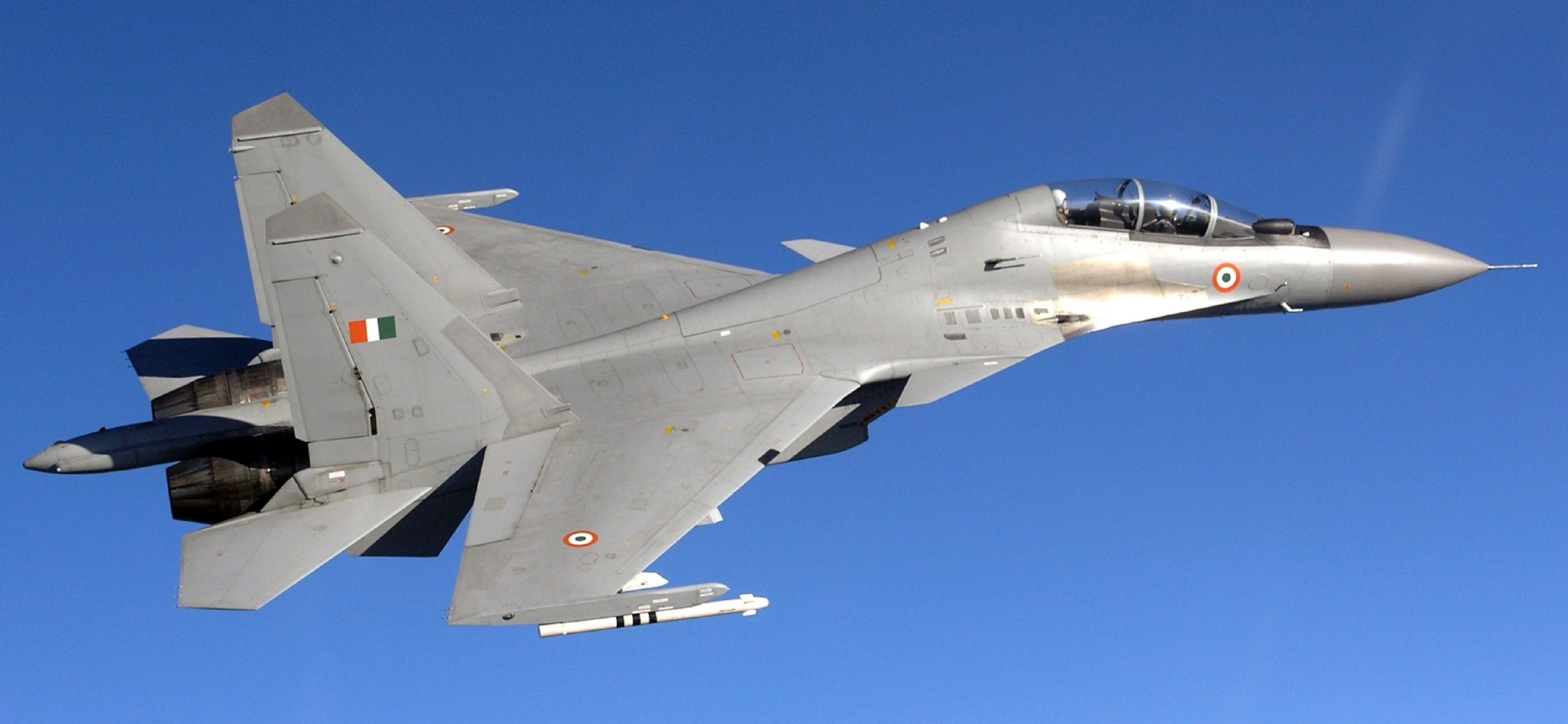 |
| Fig:- Su-30 MKI |
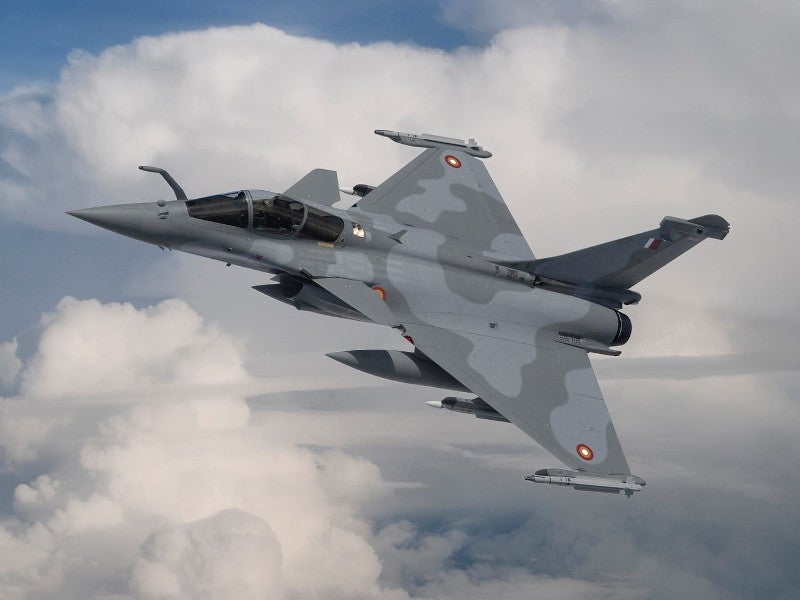 |
| Fig:- Dassault Rafale |
 |
| Fig:- Eurofighter Typhoon |
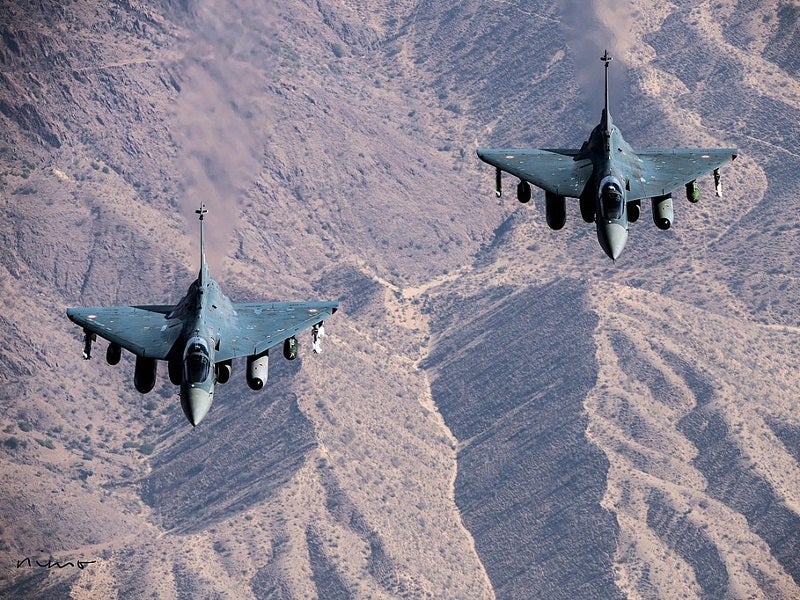 |
| Fig:- LCA Tejas |
 |
| Fig:- Saab Gripen |
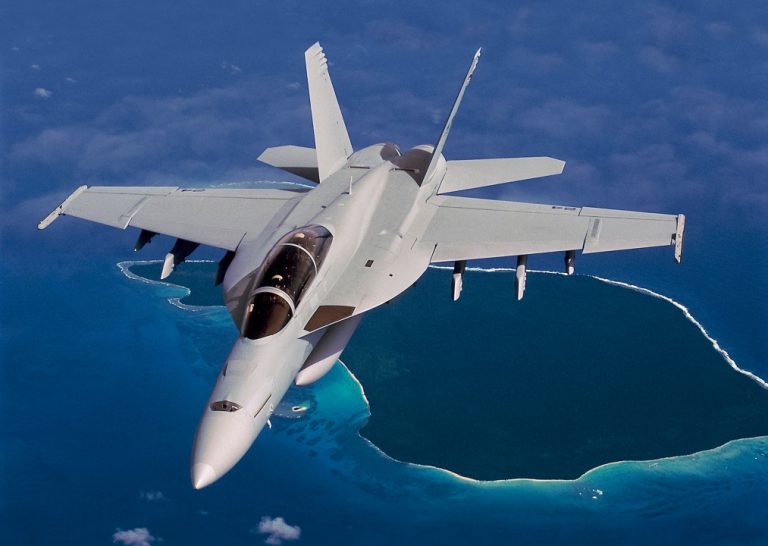 |
| Fig:- F/A-18 Super Hornet |
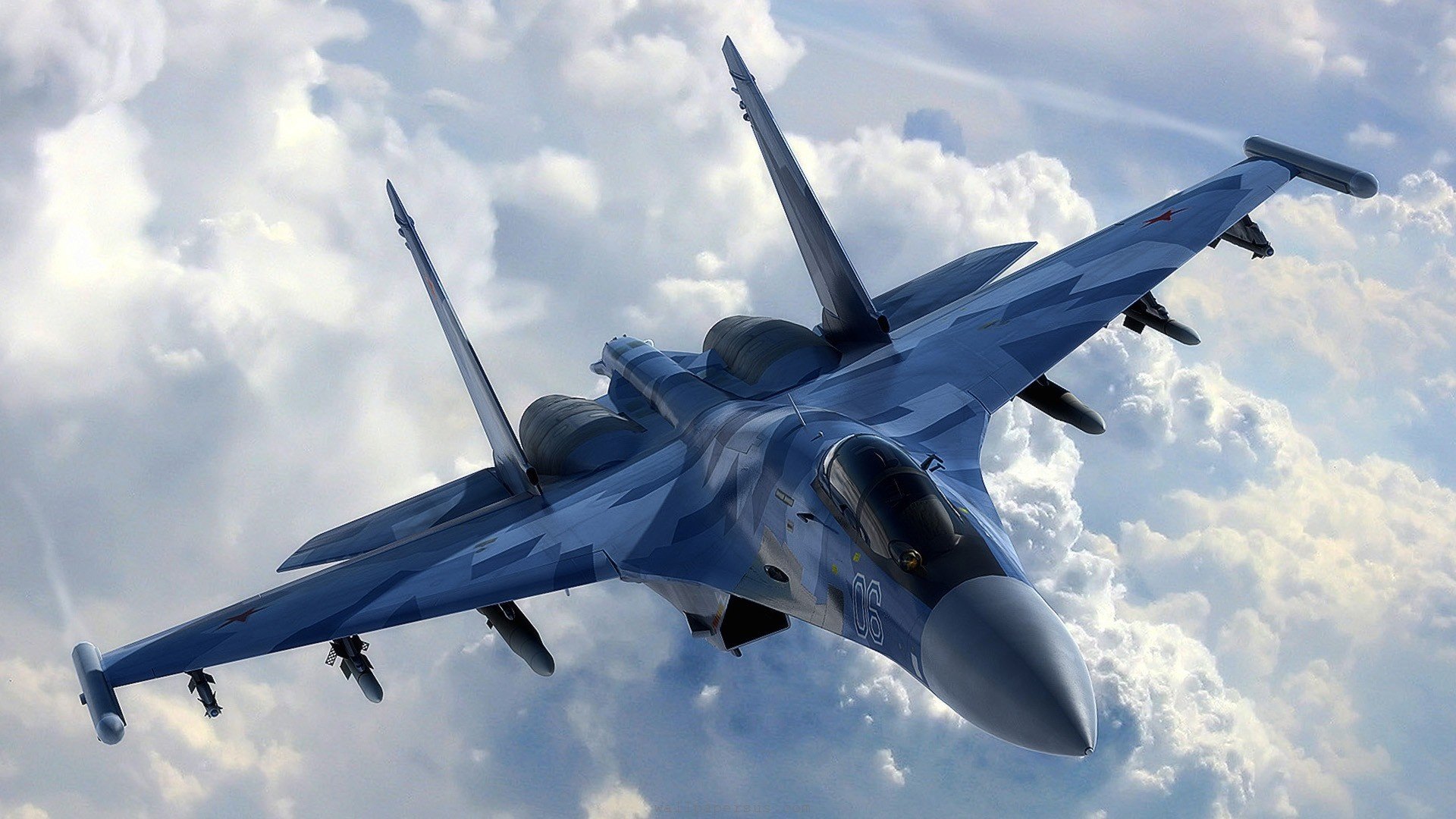 |
| Fig:- Sukhoi Su-35 |
5th Generation
Fifth-generation fighter jets are the most advanced fighter jets currently in operation. These jets feature advanced stealth technology, powerful sensors, and network-centric warfare capabilities.
5th Generation Aircrafts :-
.jpg) |
| Fig:- F-22 Raptor |
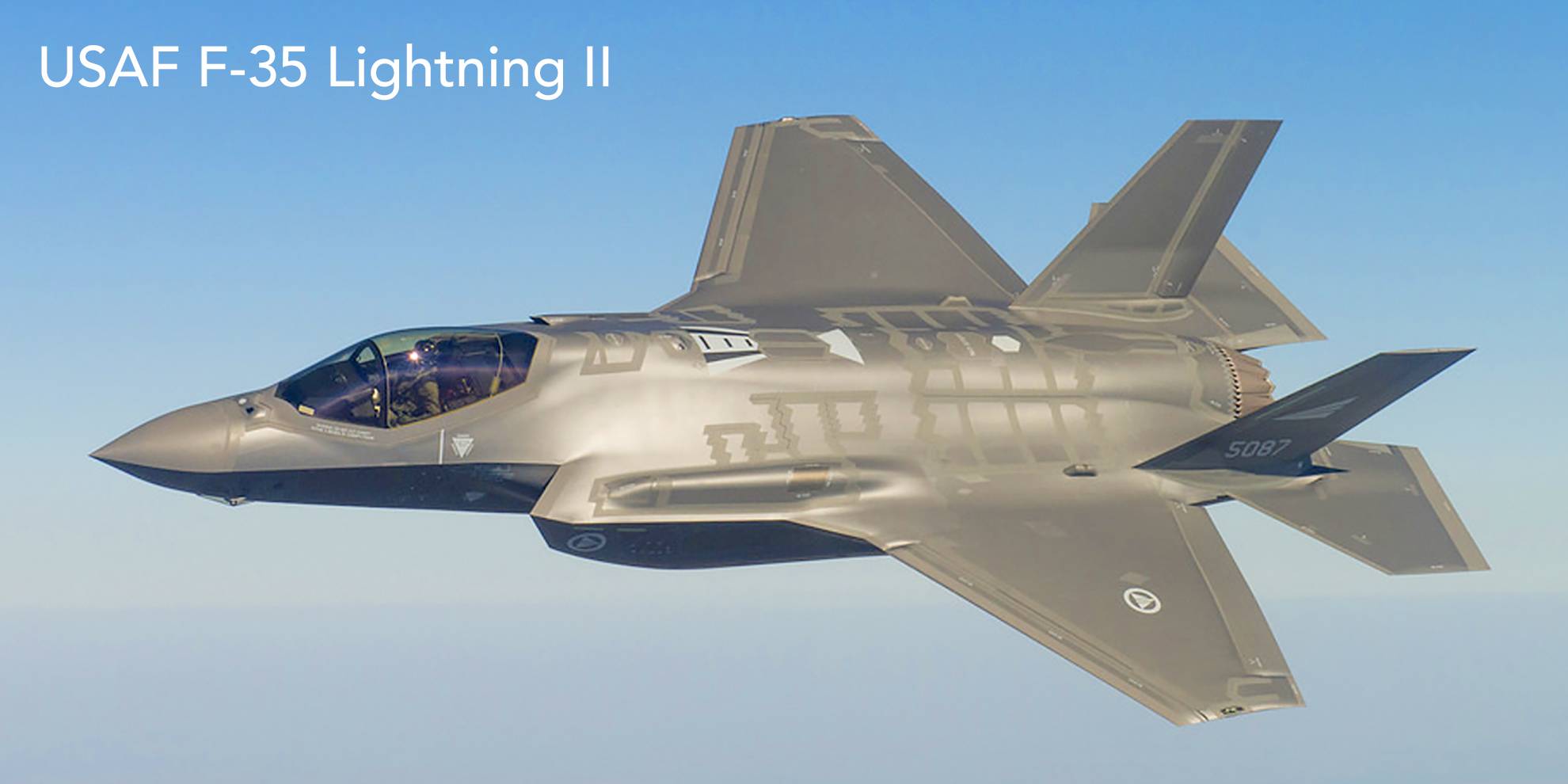 |
| Fig:- F-35 Lightning |
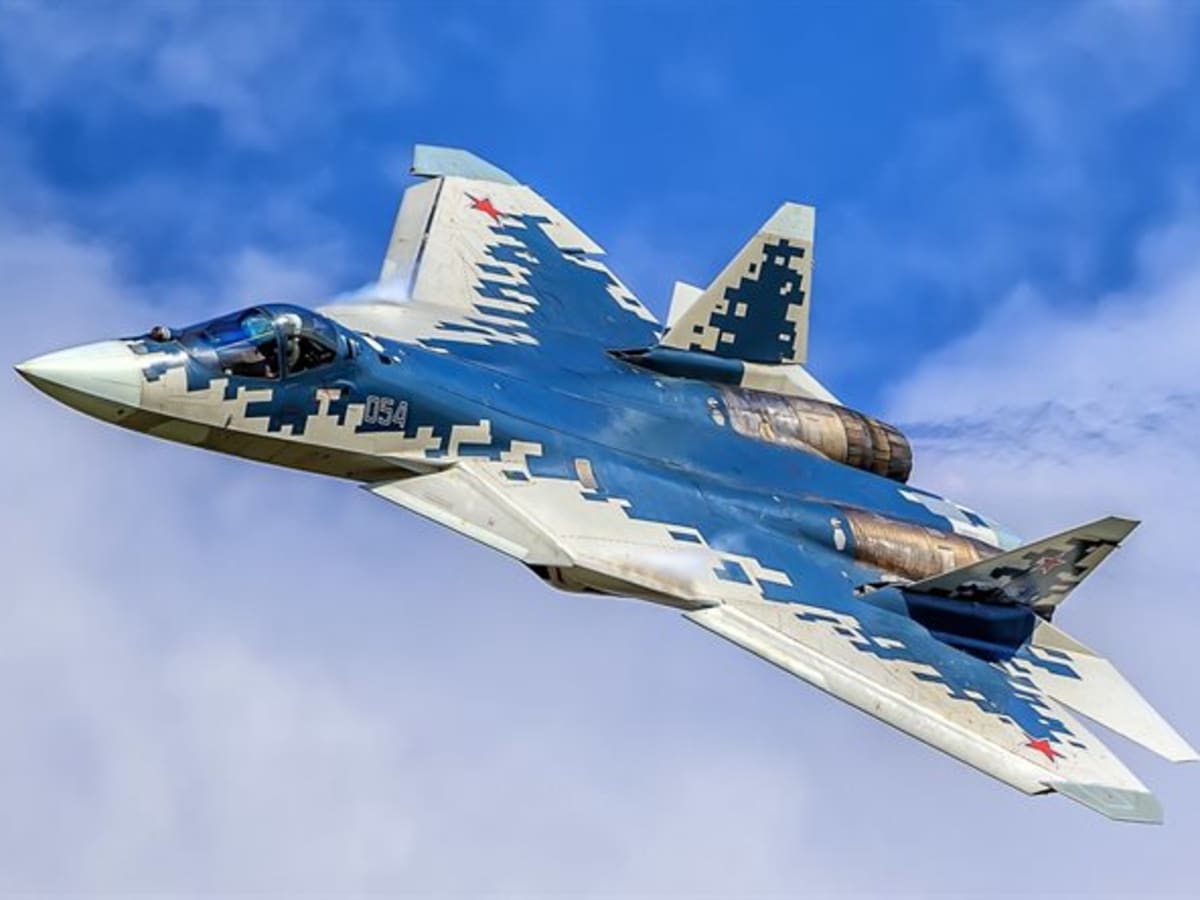 |
| Fig:- Sukhoi Su-57 |
 |
| Fig:- Chengdu J-20 |
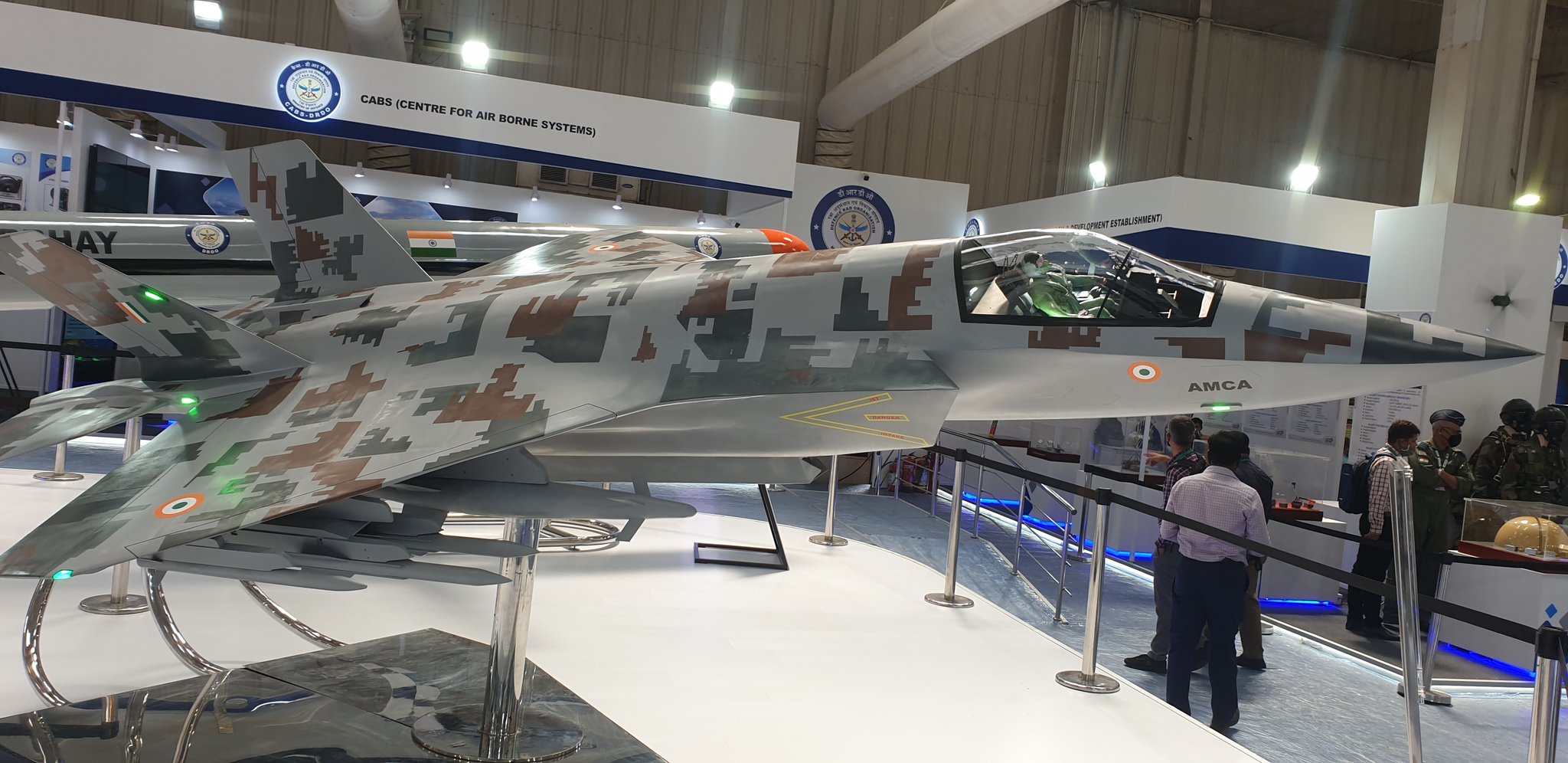 |
| Fig:- Advanced Medium Combat Aircraft [AMCA (development stage) ]
|
Conclusion
In conclusion, fighter jets have come a long way since their inception in the early 1900s. From basic biplanes to advanced fifth-generation aircraft, fighter jets have become increasingly sophisticated and capable over time.
First-generation fighter jets were basic and limited in their capabilities, while second-generation aircraft were more powerful and could carry more weapons. Third-generation fighters introduced advanced avionics and radar capabilities, while fourth-generation aircraft added more advanced electronics and weapon systems.
Fifth-generation fighter jets are the most advanced aircraft currently in operation, incorporating advanced stealth technology, powerful sensors, and network-centric warfare capabilities. While there is currently no concrete definition or specification for a sixth-generation fighter jet, it is likely that these aircraft will incorporate advanced technologies such as artificial intelligence, unmanned capabilities, and hypersonic weapons.
.jpeg)
.jpg)
%20(1).jpg)
.jpeg)



.jpg)
.jpg)






.jpg/1200px-Mirage_2000C_in-flight_2_(cropped).jpg)








.jpg)




